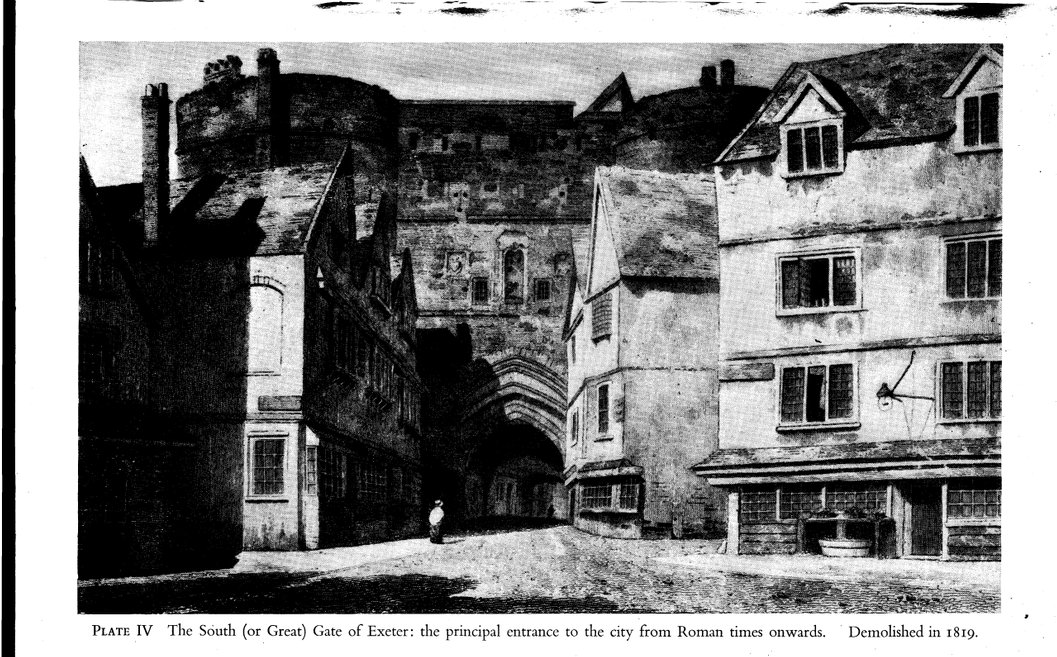- damnonia.blue
- saints way
- devonshire
- tamar
- tavy
- dartmore
- constantine
- around bartons
- svaqquci
- exmoor
- somerset
- eXe
- totenesium
- halge wylle
- taintona
- iscas waterways
- severn sea
- pearls
- highways and biways
- bodmin more
- duchy of
- cornwall
- the tin islands
- mendip
- sea mills bristol
- saint anne
- avon
- aXium
- waelas
- saxon
- uplyme mystery
- green stones
- many magicians
- rud hud hubridas
- March25AD33
- lynher

